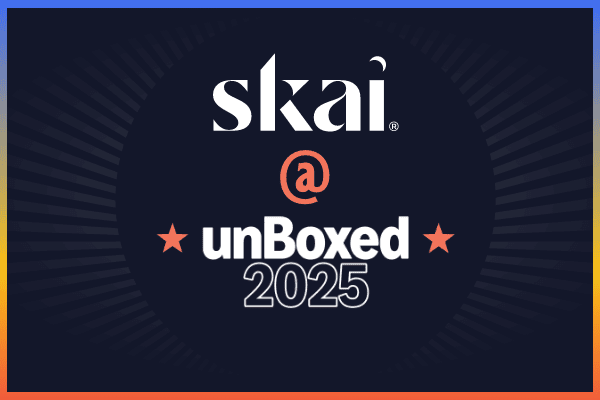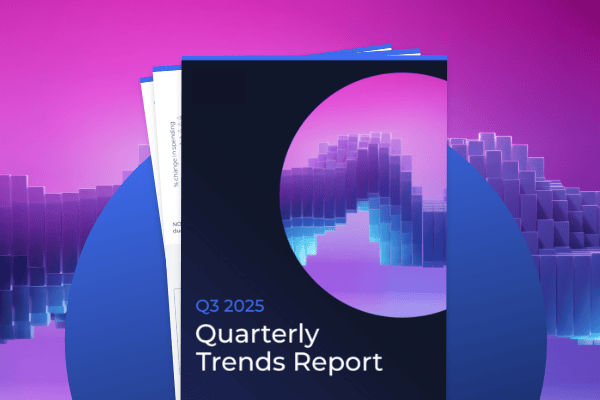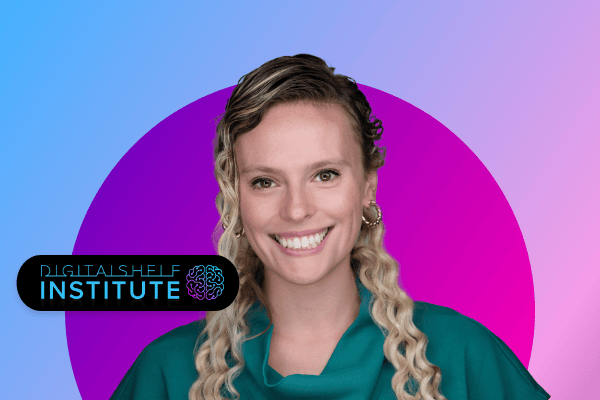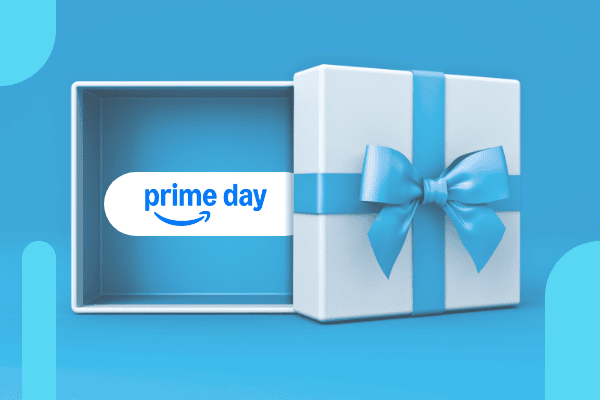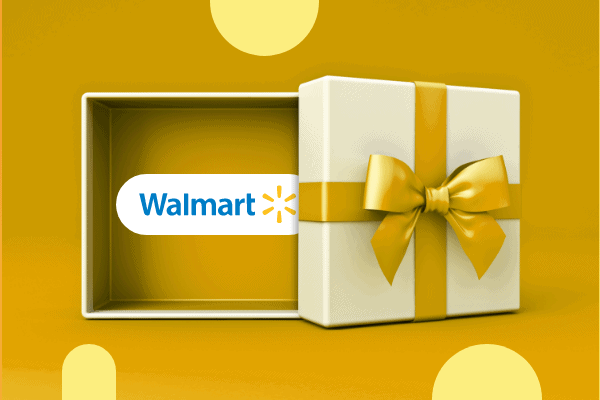Summary
Paid search marketing strategies enable advertisers to place ads on search engine results pages when users search for specific terms. These ads appear alongside organic search results and are marked as “Sponsored” or “Ad.” The most reliable paid search platforms operate on an auction-based model where advertisers bid on keywords relevant to their business.
Paid Search Marketing Basics
Paid search marketing represents one of the most direct ways to increase brand awareness and reach potential customers actively searching for products or services. Paid search ads provide immediate visibility on search engine results pages, allowing businesses to connect with users at the exact moment they express interest through their search queries:
PPC (Pay-Per-Click) Model Explained
Pay-Per-Click is the underlying payment model for most paid search marketing. Advertisers only pay when someone clicks on their ad, not for impressions. This performance-based application allows for precise budget management and clear ROI tracking. The actual cost per click is determined through real-time auctions where advertisers bid on keywords.
See how paid search advertising works through our data-driven guide that connects clicks to conversions.
Core Elements of Search Campaigns
A successful paid search campaign functions through several distinct components. These elements work together to capture search intent and deliver measurable results:
- Keywords: The specific terms that trigger your ads when users search.
- Ad Groups: Collections of related keywords that maintain campaign organization.
- Ad Copy: Text that addresses user needs with clear benefits and calls to action.
- Landing Pages: Destination pages that fulfill ad promises and guide conversions.
- Bidding Rules: Parameters that control how much you pay for clicks in keyword auctions.
Compare organic search vs paid search results to pinpoint where your marketing investment drives actual revenue.
Paid vs. Organic Search Results
While organic search results come from search engine optimization efforts, paid search results appear based on bidding and ad relevance. Paid search provides immediate visibility but incurs costs per click, while organic search takes time to develop but generates free traffic. The most complete search model integrates both techniques for maximum visibility.
Search Campaign Development
Creating high-performing paid search requires thoughtful account structure and campaign setup. A properly configured account lays the foundation for all future optimization efforts and helps maintain organization as campaigns grow and evolve:
Google Ads Account Structure
A properly structured account divides campaigns logically by product lines, geographic targeting, or marketing objectives. This organization allows for better budget allocation, more precise targeting, and clearer performance analysis. Your Google Business Profile and account structure should reflect your business goals and target audience segments.
Search Campaign Type Selection
Search platforms offer various campaign types designed for specific goals. Standard search campaigns offer maximum control, while Performance Max campaigns utilize machine learning to optimize across multiple channels and formats. Shopping campaigns showcase product listings with images directly in search results.
Smart vs. Manual Bid Management
Bidding strategies determine how your ad spend is allocated. Manual bidding provides complete control but requires constant attention. Automated bidding uses machine learning to adjust bids in real-time based on the likelihood of conversion. The choice depends on campaign objectives, available data, and resource constraints.
Targeted Keyword Development
Keywords form the foundation of any paid search practice. Selecting the right terms directly impacts who sees your ads and how much you pay for each click:
High-Converting Keyword Identification
High-intent keywords drive stronger conversion rates and often justify higher costs per click. Look for these specific types of search terms:
- Product Names: Exact product identifiers, models, or SKUs showing purchase readiness.
- Buying Terms: Direct phrases like “buy,” “purchase,” or “shop” indicating shopping activity.
- Location Words: Geographic terms showing interest in local services or products.
- Comparison Phrases: Terms like “vs,” “best,” or “top” showing decision-stage research.
- Problem Statements: Searches describing specific issues users want to solve.
Advanced Keyword Refinement
Refining your keyword targeting through match types and negative keywords improves relevance and prevents wasted ad spend. Broad, phrase, and exact match types control how closely a search must match your keyword. Negative keywords prevent ads from showing for irrelevant searches.
Keyword Research Tool Application
Specialized keyword research tools uncover search volume, competition levels, and related terms. These insights help prioritize keywords based on potential traffic, competition, and relevance to business goals.
Search Ad Creative Development
The words in your ads directly influence click-through rates and the quality of traffic. Well-crafted ad copy speaks directly to searcher intent and differentiates your offering:
Headline and Description Best Practices
Effective headlines capture attention by addressing the searcher’s needs and including relevant keywords. Descriptions should expand on value propositions and include clear benefits. Both elements must work together to create a cohesive message that resonates with the target audience.
Action-Driving CTAs
Strong calls-to-action guide users on what to do next. Action-oriented language creates urgency and clarifies the next step in the customer journey. Testing different CTAs reveals which prompts drive the highest engagement for specific audience segments.
Ad Copy Testing Framework
Systematic testing of different headlines, descriptions, and CTAs reveals which messaging resonates best with your audience. Continuous testing and refinement lead to incremental improvements in performance metrics over time.
Search Campaign Management
Ongoing optimization turns good campaigns into great ones. Regular adjustments based on performance data maximize returns on ad spend:
Budget Allocation Process
Budget allocation ensures resources flow to the highest-performing campaigns. Daily and monthly budget caps prevent overspending while allowing flexibility to capitalize on opportunities. Budget management requires balancing immediate performance with long-term growth objectives.
Quality Score Enhancement
Quality score directly impacts ad position and cost per click. Focus on these concrete factors to improve scores:
- Keyword Match: Direct connections between search terms and your targeted keywords.
- Ad Text Relevance: Headlines and descriptions that include the keyword and match user intent.
- Page Performance: Fast-loading, mobile-friendly landing pages with relevant content.
- Click Metrics: Historical data showing users find your ads worth clicking.
- Account Standing: Track record of performance that builds platform credibility.
Performance Data Analysis
Comprehensive tracking captures the whole customer journey from click to conversion. Customizable dashboards and scheduled reports automate data visualization and distributions. Performance data-driven analysis turns insights into actionable optimization opportunities.
Paid Search Marketing With Skai
Take control of your performance advertising with data-driven insights and automation across walled garden media. Our platform gives you transparency into black box campaign types like Performance Max and customizable optimization tools that put you back in the driver’s seat. Ready to see better paid search results? Contact our team today.
——-
Frequently Asked Questions
1. What is the difference between paid search and SEO?
The difference between paid search and SEO lies in how visibility is achieved on search engine results pages. Paid search provides immediate visibility through a bidding system where advertisers pay for clicks, while SEO is a long-term approach that generates organic traffic without direct costs but requires time to develop and maintain rankings.
2. How does paid search work?
Paid search works through an auction system where advertisers bid on keywords relevant to their business and target audience. When users search for these terms, the search engine displays ads based on factors including bid amount, ad quality, and landing page experience, with advertisers only paying when someone clicks on their ad.


